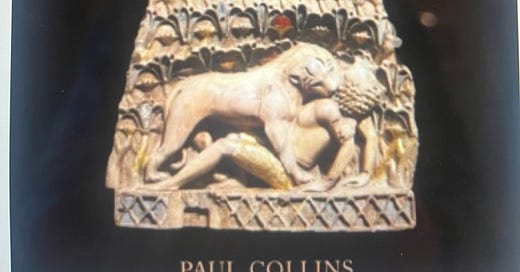A few weeks ago I had the opportunity to make a flying visit to the British Museum and dive into the Assyrian gallery.
The art was captivating, even if unnerving.
Beautifully carved depictions of lions being hunted, cities being sacked, and people being deported. Chimerical gods abounded and handsomely bearded kings took centre stage- the kings wearing amulets on their wrists which looked enough like watches to set the heart of a pseudo historian racing.
I hadn’t realised then that the author of this recent addition to Reaktion’s series’ Lost Civilisations was the Keeper of the Middle East Department at the museum. This excellent account covers the history and culture of the Assyrians who ,apart from being remembered as biblical villains , had largely had their legacy buried by time and dust until bring ‘rediscovered’ by Europeans in the age of the Great Game.
But Assyria is justifiably claimed as the first world empire and the author explores how the precedents it set, in governance, architecture, warfare and irrigation helped shaped to cultures that followed. We are reminded that the famous hanging gardens were not in Babylon but Nineveh, for example, and that the Assyrians pioneered the practice of deporting populations as a means of political control.
An intriguing detail is that although cuneiform writing has provided a legacy of royal statements, accounts, and the epic of Gilgamesh, engravings also clearly show palace scribes writing with styli on ox hide. What they were writing, of course , has not survived.
An enjoyable and informative, and well illustrated glimpse into the distant past.





I love the British Museum for granting us glimpses into these other worlds. It's a pity the school history curriculum has so little room for these forgotten chapters in our collective human story. Lovely to read your writing again Ian!